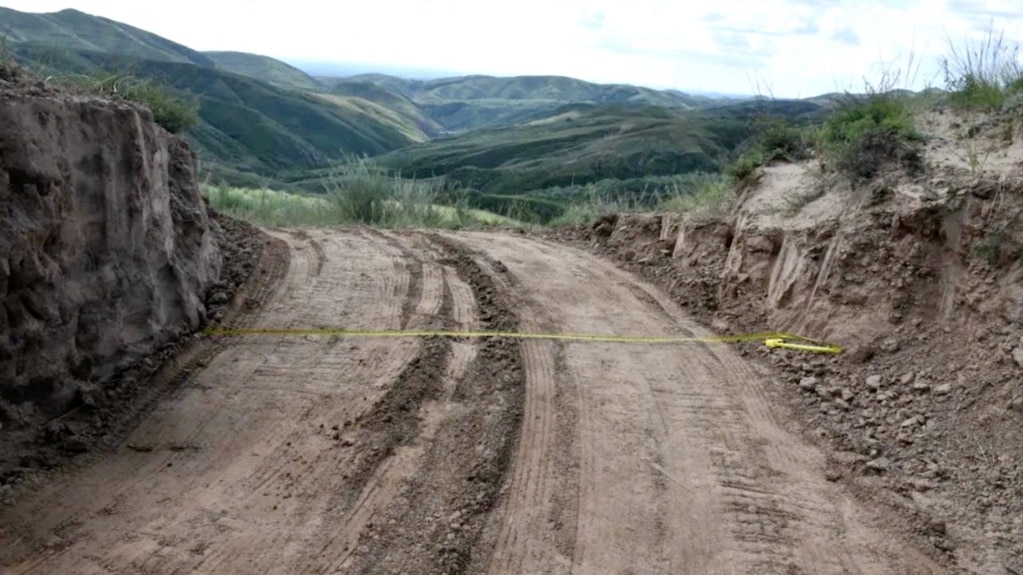For more than 2,000 years, only conqueror Genghis Khan and the Manchus who formed the Qing dynasty had broken through China’s Great Wall. Now, two building workers are accused of smashing through the wall to make a shortcut.
The Great Wall is a cultural symbol of China and a United Nations-protected heritage area. On Wednesday, Chinese officials arrested two workers for cutting a path through a part of the ancient wall. The area is far from the restored parts of the wall that most Chinese and foreign travelers visit.
The government of Youyu County, hundreds of kilometers west of Beijing, showed a dirt road cut through a part of the wall in a rural area. They identified the two workers as a 38-year-old man named Zheng and a 55-year-old woman named Wang.
The local government said the two wanted a shorter path to some work they were doing in nearby towns. That part of the wall is in Shanxi Province. Parts of the wall there were built 2,000 years ago. It is in good condition and holds “important preservation and research value.”
China’s Great Wall is a system of towers and connecting walls that stretch 8,850 kilometers. It was built mainly during the native Ming dynasty, which governed until 1644.
In that year, the Manchus from the north overcame China’s defenses and took over as the Qing dynasty. The wall was then abandoned, and villagers took away bricks and stones. The Chinese Communist government later revived parts of the wall as a symbol of patriotism, mass mobilization and resistance to outside pressure.
The Youyu County government said the arrests were made after a report of the breach was received on August 24. It said the two suspects were arrested and would face legal action.
In describing the Great Wall, UNESCO said it shows the “collision and exchanges between agricultural civilizations and nomadic civilizations in ancient China.”
The U.N. agency said the wall provides “physical evidence” of political and military thinking. It added that the structure is a great example of “military architecture, technology and art of ancient China.”
I’m Mario Ritter, Jr.

